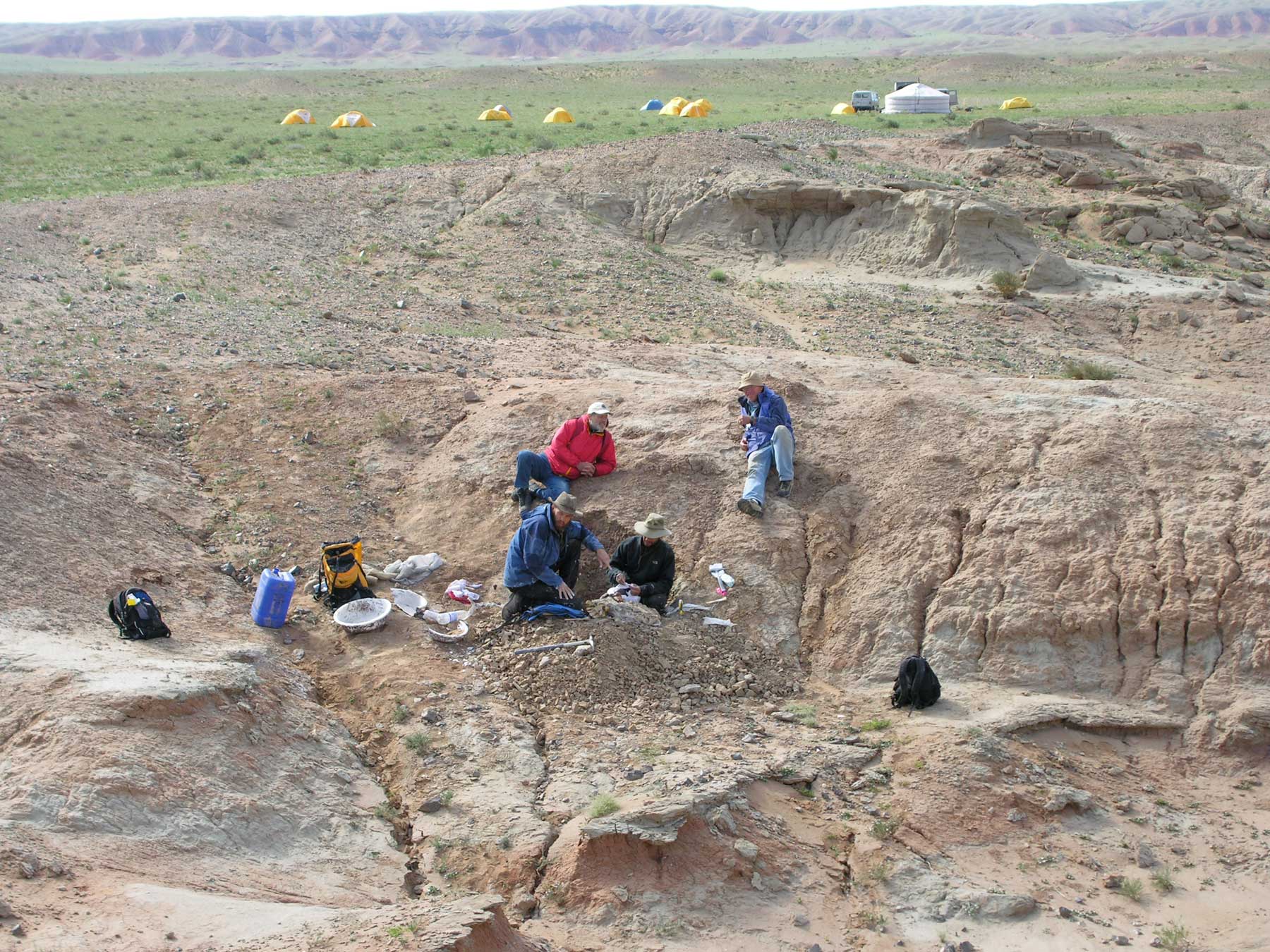Sometimes it takes two decades to identify something but the wait is worth it. A dinosaur skeleton found 24 years ago in Montana has finally been identified as a new species that links North American dinosaurs with Asian dinosaurs. The dinosaur would have weighed 30 to 40 pounds, walked on two feet and stood about three feet tall. The fossil came from sediment that's about 80 million years old.
Jack Horner said he found the nearly-complete skeleton in 1983 near Choteau, in northwest Montana, but it was located in extremely hard rock and took a long time to prepare. He also had to wait about two decades before he found an expert who could identify it. That expert was Brenda Chinnery, who specializes in horned dinosaurs. Chinnery had worked for one of Horner's colleagues at Johns Hopkins University and then came to MSU. She left MSU about two years ago and is now a paleontologist at the University of Texas.

They wrote of their discovery in the Journal of Vertebrate Paleontology.
"I knew it was probably a new dinosaur, but it took someone that really knew what they were doing to be able to describe it," Horner said.
The dinosaur fossil has been stored in the Museum of the Rockies since its discovery, but it will be displayed this winter, Horner said. The skeleton has a reddish tinge because some of the original bone was replaced by jasper. It dates to the early part of the Late Cretaceous Period.
The dinosaur, nicknamed Cera, was named Cerasinops hodgskissi after landowner Wilson Hodgskiss. who gave him permission to collect the skeleton for the Museum of the Rockies, Horner said. The fossil was found about five miles south of Choteau, in a different area than the famed Egg Mountain site.
The C. hodgskissi is such a simple specimen that it's hard to describe in terms of distinguishing characteristics, Horner said. Tests, however, showed that it represents a very primitive species that shares characteristics of Neo-ceratopsian dinosaurs in North America and Asia. Ceratopsian dinosaurs have horns, but these do not.
Horner said he was looking at even more primitive dinosaurs on his recent trip to Mongolia. His team collected more than 80 skeletons, with 70 of them coming from one site. Last year, they collected 67 skeletons at the same site. The Mongolian project is a joint research project between MSU and Mongolia's Science and Technology University.
- Montana State University





Comments